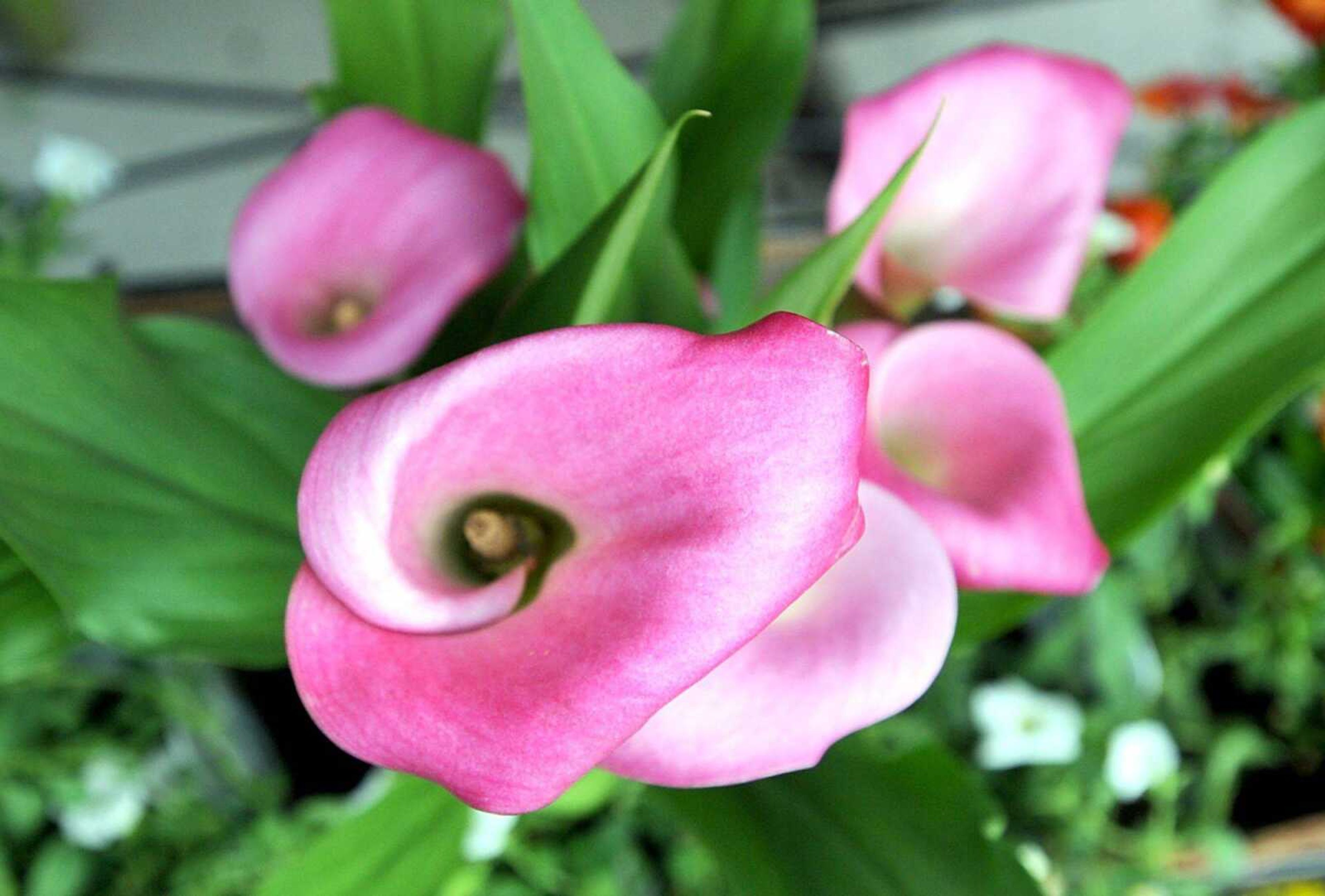Other ways to tend your garden
My wife had a great-aunt who just loved to garden. I believe gardening was more than in her blood, it was her blood. You knew she loved to garden when you saw her working in it. You see, she couldn't bend over or stoop very well. For her to accomplish the task of planting, weeding, and harvesting, she would lie down between rows and perform the task at hand...
My wife had a great-aunt who just loved to garden. I believe gardening was more than in her blood, it was her blood. You knew she loved to garden when you saw her working in it. You see, she couldn't bend over or stoop very well. For her to accomplish the task of planting, weeding, and harvesting, she would lie down between rows and perform the task at hand.
I have thought of Marilyn's great-aunt a lot lately because of conversations I have had with gardeners who are challenged physically. Many of them want to construct raised beds so that they can pursue their love of gardening despite their physical issues.
If you want an inexpensive way to "raise" your garden because you can't get down and dirty, try container gardening. You don't have to build an elaborate structure. Plant everything in pots and place the pots at different locations around your dwelling so that they are at the most comfortable height for you.
Beg, borrow or purchase containers made of plastic, resin, concrete, wood or ceramic. Make sure that they have drain holes in the bottom. If they don't perhaps you can drill a few holes in the bottom of the containers.
You may want to place rocks in the bottom of the pot. The weight of the rock will keep them from blowing over on a windy day. Then place the pot where you want to keep it.

Purchase a good potting mix that does not have fertilizer and moisture control added to it. A potting mix is made of peat moss, along with some perlite and vermiculite.
Fill the mix within 1 to 2 inches of the top of the pot. This freeboard will allow for much easier watering.
Use a potting mix without fertilizer and moisture control. You, not the manufacturer of the mix, want to control fertilization and watering. Depending upon the weather, if these additives are in the potting mix, the mix may stay too wet, and/or release to much fertilizer at the wrong time.
Add lime to the acidic peat based potting mix. The correct pH will result in better nutrient availability to the plant.
Next, plant the plants that you want to grow in the container. I have seen tomatoes, peppers, potatoes, lettuce, herbs, and combinations. I don't think that there is a best combination or a variety that you can't grow.
After planting, water in the seedlings with a solution of a high phosphorous fertilizer, such as 9-59-8. Use this same fertilizer when watering the next time water is needed.
After establishment, alternate fertilizers. Each week for three weeks, fertilize with a 20-20-20 mixture. On the 4th week, use the 9-59-8. This combination of fertilizers will encourage plant development along with flower and fruit development.
Do not over water the pots. Be sure to let the soil dry out between watering. Plant roots need oxygen which they get from air in soil pores. If the soil pores are constantly filled with water, the roots will rot, and the plant will suffer.
Send your gardening and landscape questions to Paul Schnare at P.O. Box 699, Cape Girardeau, MO 63702-0699 or by email to news@semissourian.com.
Connect with the Southeast Missourian Newsroom:
For corrections to this story or other insights for the editor, click here. To submit a letter to the editor, click here. To learn about the Southeast Missourian’s AI Policy, click here.










